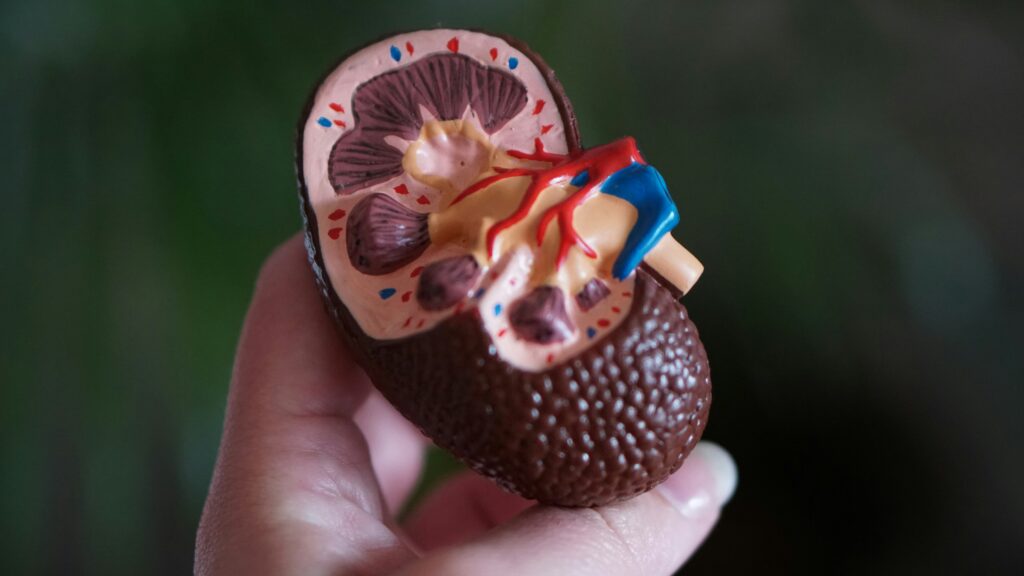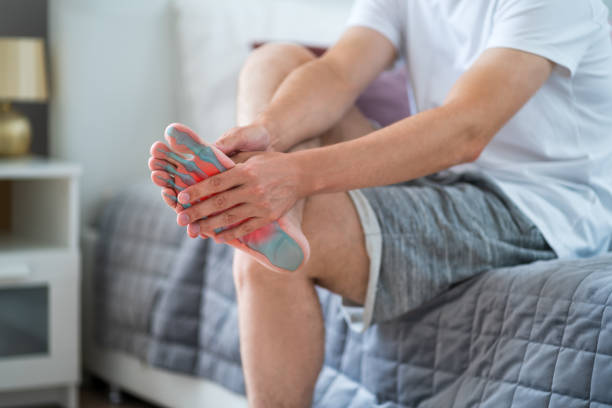Children experiencing voiding dysfunction may have nocturnal enuresis (bedwetting), daytime urinary incontinence, or fecal incontinence (poop accidents). Proper diagnosis allows for the right treatment.
Treatment options include pelvic floor therapy to strengthen muscles and medications like Kegel exercises or muscle relaxants. For some patients, a surgically implanted device that sends electrical impulses to manage nerve signals may be recommended.

Urinary Health
Voiding dysfunction can affect people of any age. In children, it can lead to daytime or nighttime wetting (enuresis). It can also cause frequent or infrequent urination and the feeling that your bladder is never empty. Other symptoms include urination that dribbles, a strong urge to pee frequently or urgently, and urine leakage after you exercise, sneeze, or cough.
Some types of voiding dysfunction can be managed with drugs. Alpha-blockers are often used to treat overactive bladders. In some cases, a surgically implanted device is used to deliver electrical impulses to the sacral nerve. This can reduce urinary urgency, incontinence, and the need to urinate frequently. In other cases, a person may learn to perform intermittent self-catheterization, using a catheter for times when they feel the urge to urinate.
It’s important to see an expert at Perera Urology for diagnosis and treatment of voiding disorders. For example, it’s important to determine if you have an overactive bladder or enlarged prostate to make sure you get the right medication and treatment. It’s also important to address underlying issues such as constipation. This is because it can put direct pressure on the bladder and the nerves that go to it. It can also cause pain and discomfort and increase the risk of a UTI. This can be treated with lifestyle changes, such as a regular diet exercise, and drinking plenty of fluids.
Men’s Health
Men of every age and background should prioritize their physical health, as it impacts their mental health, productivity, and quality of life. Men’s health issues, like those that impact everyone, can be prevented with regular checkups and screening tests. Harmful substances and the natural aging process are the main detriments to men’s health, and ignoring these risks can lead to more hospitalizations, deaths from preventable conditions, and an overall poorer quality of life.
Men’s health is often discussed in terms of gender differences in life expectancy and is a part of the discourse on global equity, but there are other underlying factors that contribute to poorer men’s health profiles. These include occupational exposure to physical and chemical hazards, risk-taking behaviors that reflect masculine norms, poorer health-seeking behavior, and a lack of social support systems.
Taking action is not only about equality and gender equity, but it’s also important to create a culture of health in our societies. The first step is normalizing the discussion around mental health, which can help to reduce stigma and encourage men to seek out treatment. The next step is creating awareness about men’s health, and this can be accomplished with events such as Men’s Health Week and Movember, which is held in November to raise funds for prostate cancer and other men’s health issues.
Bladder Health
Men have a hard time talking openly with their doctors about bladder health. However, having honest conversations is critical to identifying and managing conditions such as incontinence or an enlarged prostate, which can contribute to voiding dysfunction.
Men with a larger-than-normal prostate may experience an enlarged or swollen prostate gland, which can cause urine to leak through the urethra when sneezing, coughing, or exercising. This condition is known as benign prostatic hyperplasia (BPH). Our urologists can prescribe medications such as alpha-blockers to reduce prostate pressure and improve voiding function.
Non-neurogenic voiding dysfunction is caused by problems involving the storage, transfer, or discharge of urine from the bladder and occurs in all genders. It may be due to weak bladder muscle or a blockage in the flow of urine from the kidneys to the bladder and ureters. Symptoms include frequent urination, involuntary leakage of urine, or a sudden urge to urinate.
A voiding dysfunction specialist can help overcome voiding dysfunction related to a physical or neurogenic (involving nerves) problem by working with them on their daily habits. Medications such as Kegel exercises and bladder training can also help. If the child has a physical problem, such as an overactive bladder, he or she will be put on a voiding schedule to train the bladder to empty more fully. A voiding diary can be helpful in identifying patterns, as well as a urinalysis and a KUB (kidney, ureter, and bladder) x-ray to locate underlying causes.
Kidney Health
The kidneys and lower urinary tract work together to collect, store, and release urine. Voiding dysfunction is when there is poor coordination between the bladder muscle and the urethra. This results in incomplete relaxation or over-activity of the pelvic floor muscles during urination (voiding).
Kidney diseases can also cause problems with voiding dysfunction. For example, chronic kidney disease can lead to a weak bladder muscle that can’t empty correctly, or it can cause a blockage in the flow of urine. Some symptoms of kidney problems that can affect voiding dysfunction include a strong desire to urinate frequently, an inability to feel when the bladder is full, and leakage after urinating.
Non-neurogenic voiding dysfunction is most often caused by a weak bladder muscle, a blockage in the flow of urine, or habits that develop over time. It can occur in both men and women. It can include nocturnal enuresis and daytime urinary incontinence, or it can be more specific such as overactive bladder or fecal incontinence.
Behavioral or physical treatments are usually the first course of action for voiding dysfunction. For example, children with a behavior problem may be treated by developing a voiding schedule to help “train” the bladder and teach them to recognize when their body is telling them they need to urinate. Medication may also be prescribed to reduce the frequency and sensation of urgency.
